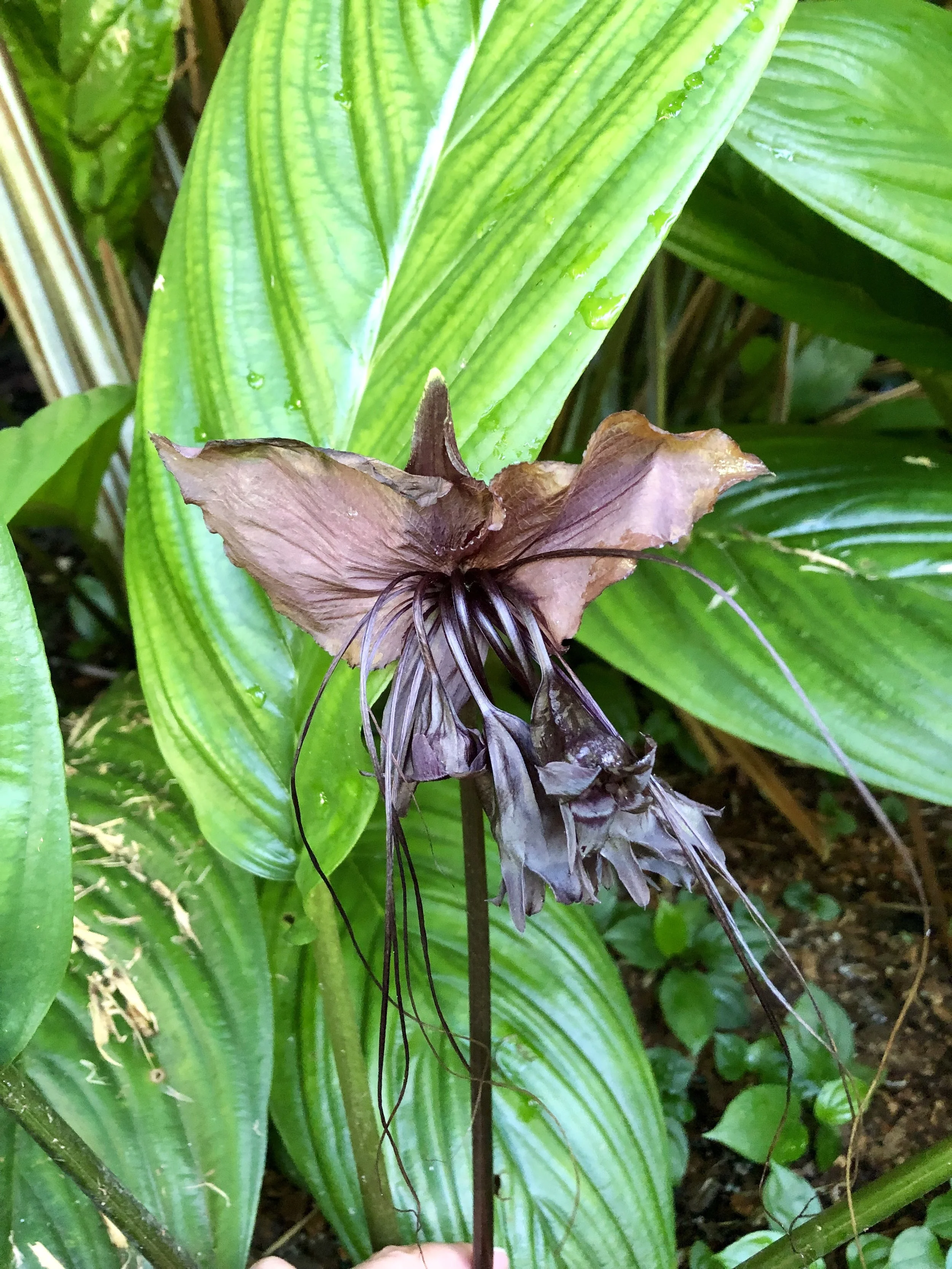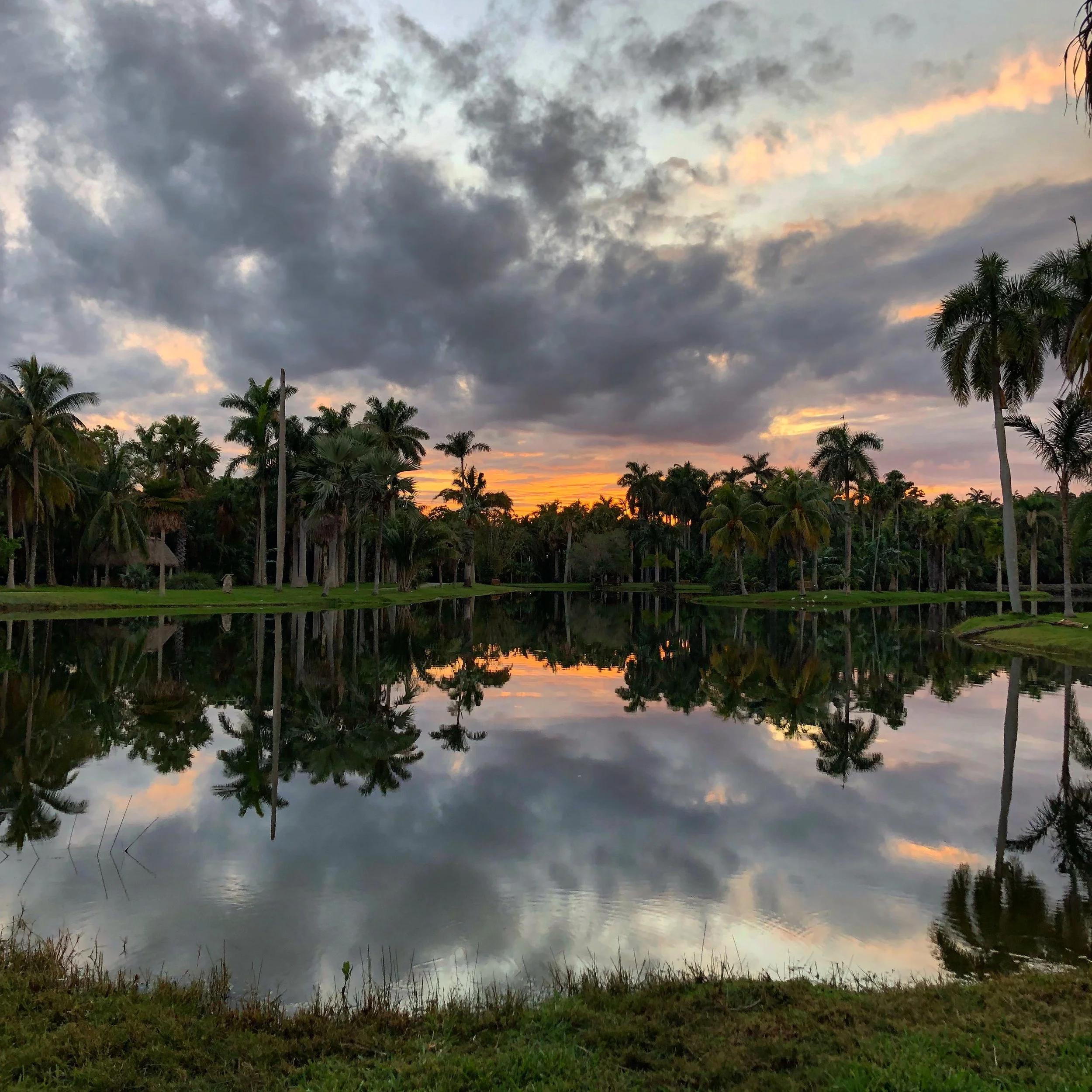Curtis’s Botanical Magazine is an illustrated publication that began in 1787 and is still published today. The Magazine is published by Kew Gardens and is the oldest and most widely cited work of its kind. Plumeria first appeared in the Magazine in 1794 by William Curtis and three more taxa appeared in the 19th century. The first Caribbean endemic species of Plumeria to be featured in the Magazine is Plumeria filifolia, a thin-leaved species from Cuba.
Read MoreBotanical gardens are urban havens and not only pillars for conservation, education, and research but also for exploration. Fairchild Tropical Botanic Garden (FTBG) was founded in 1938 and named after famous plant explorer, Dr. David Fairchild. Fairchild was a meticulous record keeper and the Fairchild Archives hold many historical documents and photos related to his travels. I was curious if there were any photographs or records of Fairchild collecting wild Plumeria, commonly known as frangipani, in any of his travels, so several students who have been working with my advisor in the archives agreed to see what they could find.
Read More
In honor of Halloween, take a virtual tour of some of Fairchild’s spooky plants. What’s Halloween without the orange spikes of Solanum pyracanthos—the porcupine tomato, Tacca chantrieri—the bat flower, Dendrophylax lindenii—the ghost orchid, Nepenthes bicalcarata—the vampire pitcher, or Orozylum indicum—midnight horror.
Read MoreI love living in Miami. Tropical climate not only means year-round beach days, it also means really cool plants grow here. Here’s a slide show of what’s been blooming around here lately!
Read More2018 has been a very busy and productive year. It was probably the hardest year since I started graduate school so I think it’s appropriate to start the New Year admiring some accomplishments with gratitude.
Read MoreThere was a time when many Americans didn’t know what a soybean or a zucchini looked like. Dinner plates were filled with corn, potatoes, cheese, grains and meat—pretty drab. The rainbow of foods that we eat now can be traced back to the self-deemed ‘agricultural explorer’ David Fairchild. David Stone’s book “The Food Explorer” eloquently details the life and travels of Fairchild as he brought many of the plants that are common to our diets today. The book is a colorful and fascinating narrative of the life of a man who lived in an age where Americans were eating purely for subsistence, who traveled the world to bring flavor and spice and diversity into our diets.
Read More





